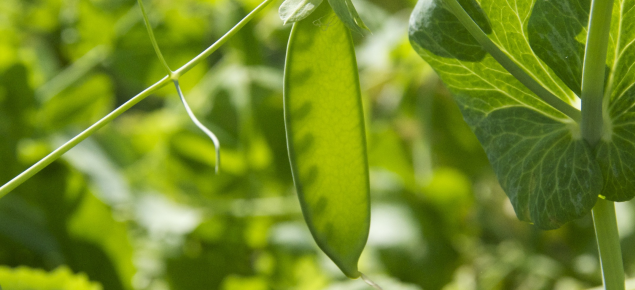Introduction
Peas (Pisum sativum) are legumes (Fabaceae) and three main vegetable types are grown in Western Australia. Snow pea and sugar snap pea differ from the traditional garden pea in having less fibre in the pods and both pods and peas (seeds) may be eaten whole.
Compared with garden peas, they produce better yields and quality under higher temperatures. They are a good source of fibre, vitamin A and vitamin C. They may be eaten raw, lightly boiled, steamed or used in stir-frys.
Snow peas are sweet and crisp and popular in Asian cooking. The shoots from established plants may also be used for Asian cooking and in salads.
The snow pea (Pisum sativum var. macrocarpon) is called ‘mange-tout’ in England and France, which means ‘eat-all’. The pod is flat and is eaten before the seeds develop and start to swell. The main growing area in Western Australia is Wanneroo.
The sugar snap pea (Pisum sativum var. saccharatum) snaps like a green bean. The edible pods have thick walls and are sweet. Unlike the snow pea, the sugar snap is picked more mature and is fully rounded.
Pea sprouts are also popular, especially in Asian cooking, and are often marketed as ‘snow pea sprouts’.



